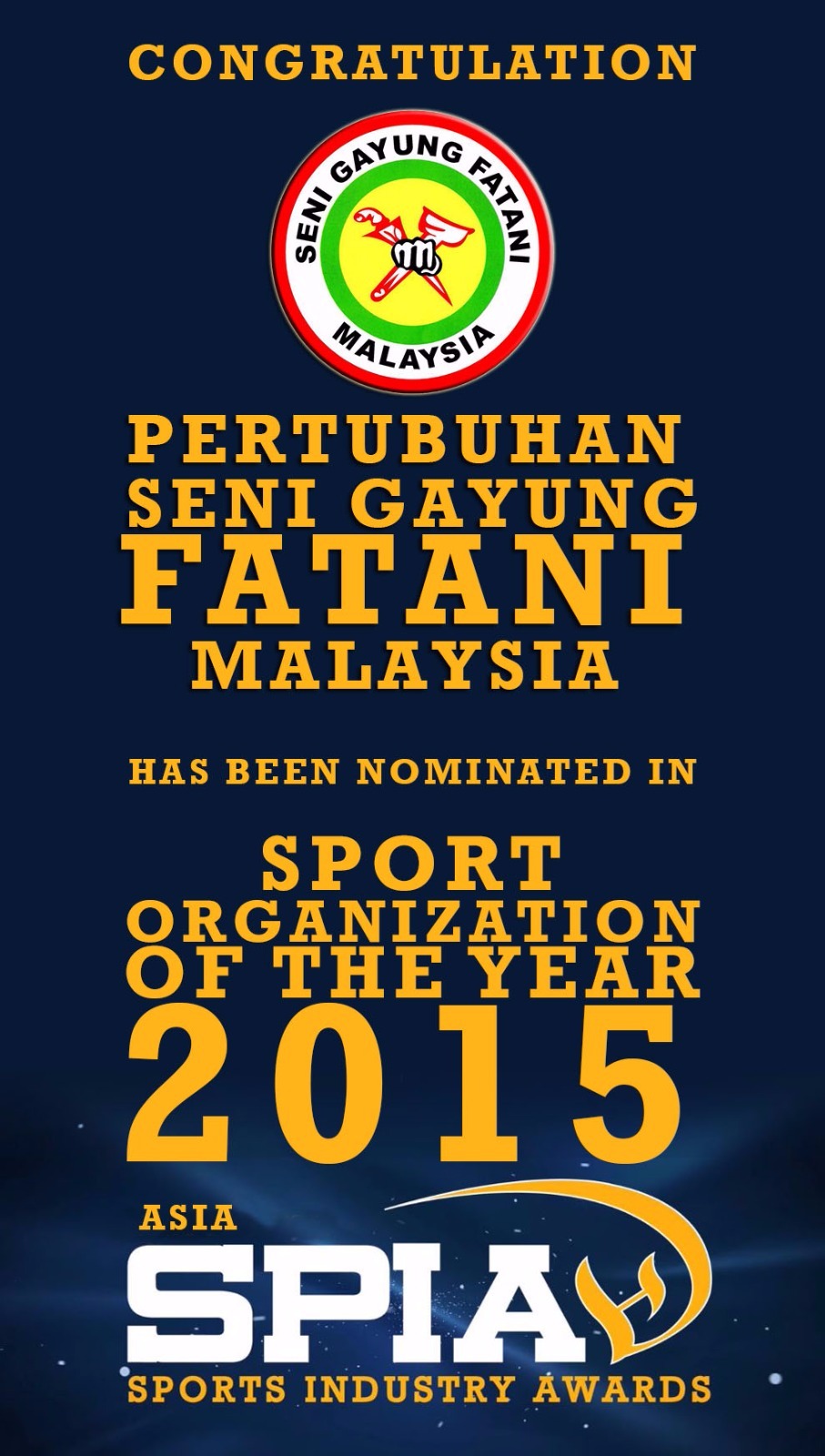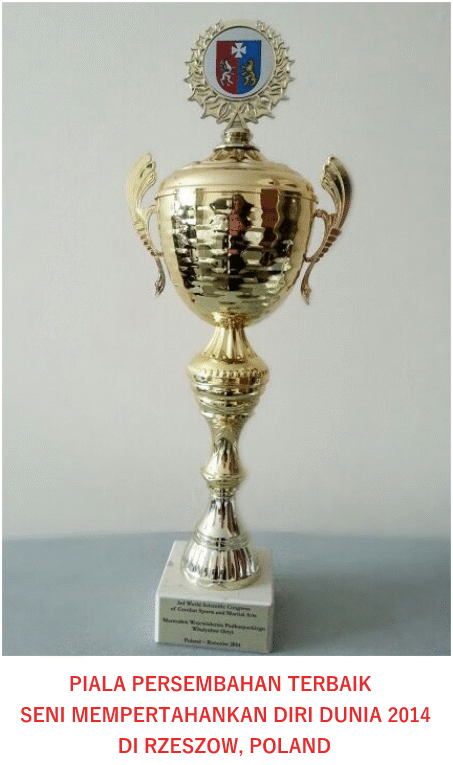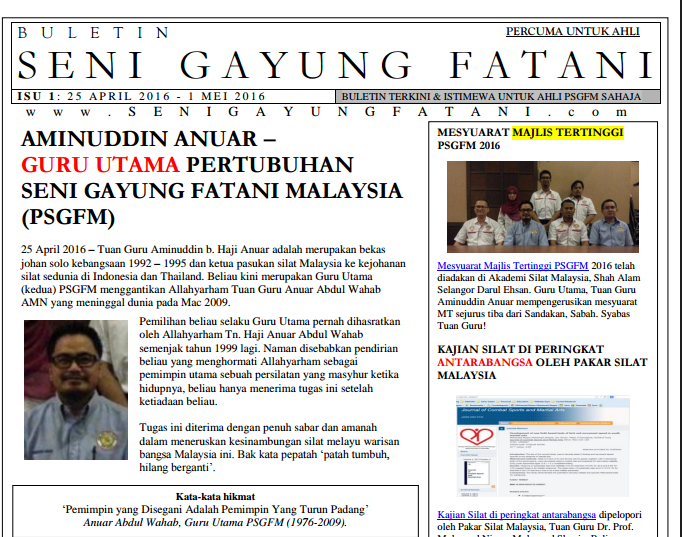Silat spread within the Malay community before the presence of external influences. For example, an official Silat weapon, a 2000 year-old copper keris was found in Mekong, Vietnam. Silat and its warriors became important in order to defend kingdoms like Melayu Champa, Kedah Tua, Kamboja, Langkasuka, Bruas that encompassed the Malaysia Peninsula.
During the second century, the Malay kingdom was under the influence of Hindu-Buddhism teachings. The seventh century was the beginning of the Malay Srivijaya civilization in Palembang, Sumatra and the influence of silat from the mainland Malay society was consolidated by Ninik Dato’ Suri Diraja (1097-1198) to create Silat Minangkabau, Sumatra. The method of Silat Minangkabau at ninth level (langkah Sembilan) was no longer called silat, but known as mencak or pencak, which means tari silat, the silat dance or tari gelombang, the wave dance in the Minangkabau language.
The fall of Srivijaya had brought opportunities to Majapahit during the 9th to 13th century. Hayam Wuruk and Pateh Gajah Mada have raised many gallant warriors, for exampled Taming Sari who was killed by Hang Tuah. The Malacca Empire (1200-1511) showcased warriors who were skilful in silat like Bendahara Tun Perak and Hang Tuah and his five friends were extremely loyal to the king and Malacca.
Ever since the Dutch and English conquered Indonesia and Malay Peninsula (1511-1957), silat and its warriors were cast away from the palace. Silat however, continued to play its part in villages, producing brave, defensive warriors, ready to fight the enemies. For example, during the 1800’s there were warriors fighting against colonialists, including Mat Kilau, Dato’ Bahaman, Dato’ Sagor, Dol Sai, Dato’ Sri Maharaja, Abdul Rahman Lumbung and others.
Warriors kept on emerging to form Selendang Merah (Red Shawl) team to fight against communists during the Parang Panjang War. Among these warriors are Kiai Salleh, Wak Joyo and Kiai Yasuk. The same goes during one of Malaysia’s most unforgettable black history, 13th May 1969.
According to Kamus Dewan (Malaysian’s dictionary), silat is a game that requires a person’s agility to attack and defend. This term was coined through observations during that time silat was represented as the people’s game. Its purpose was to save silat from being discovered by the colonists and at the same time, to instil the love for silat as the traditional culture and as fighting spirit against colonists. Silat as a traditional form of entertainment continued to be performed.
The performance of silat compromises of beautiful, aesthetic movements, clad in warrior attire, accompanied by energetic silat music that fulfils the requirement of formal functions such as for receptions, circumcisions, ceremonies and the glutinous eating feasts and every silat performer will be rewarded with a gift of glutinous rice in the form of bunga telur. Therefore such silat performances are also known as Silat Pulut, Gayung Pulut, Silat Tari, Silat Sembah, Silat Cantik, Silat Pengantin or Silat Bunga.




Leave a Reply
You must be logged in to post a comment.